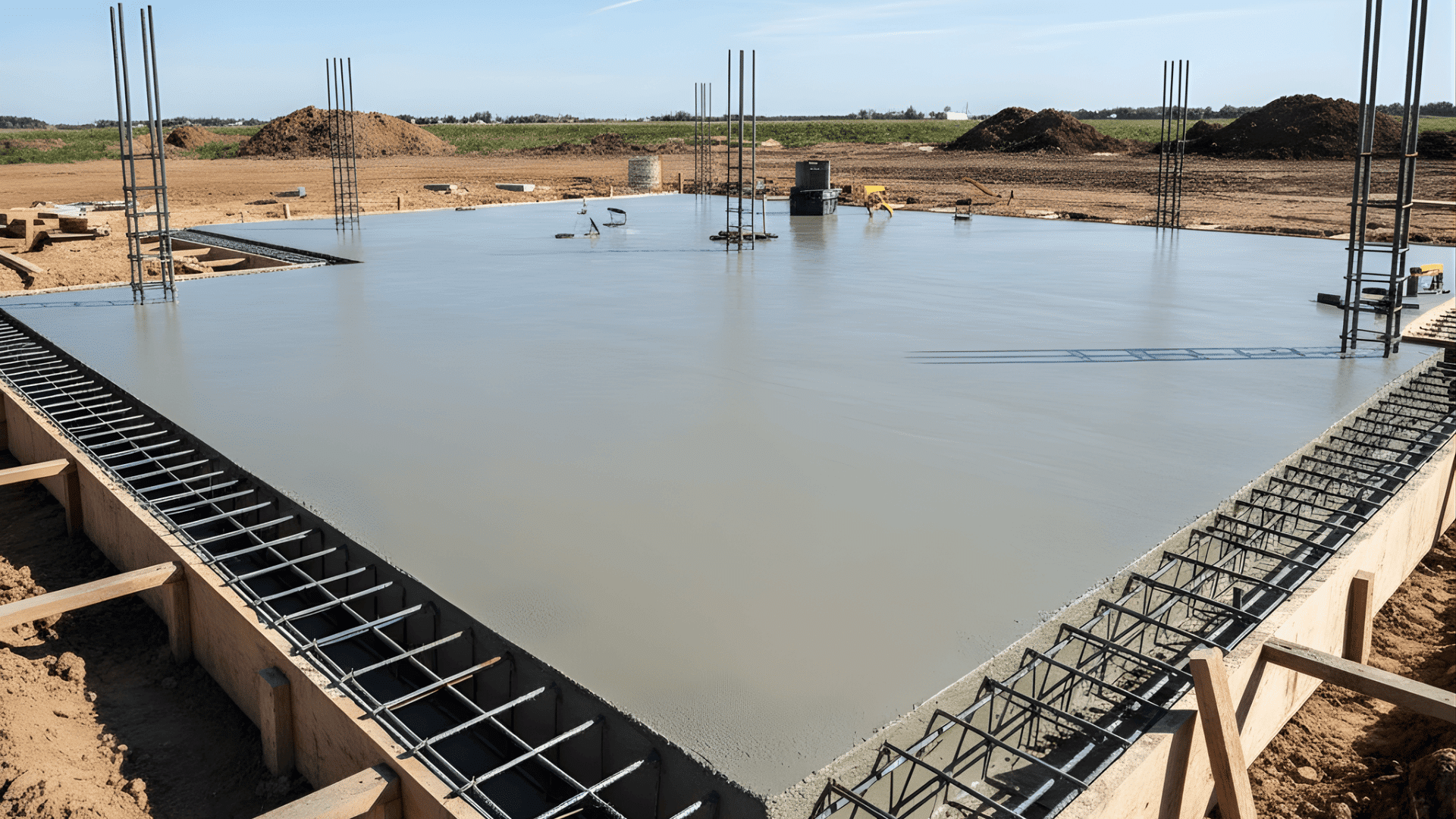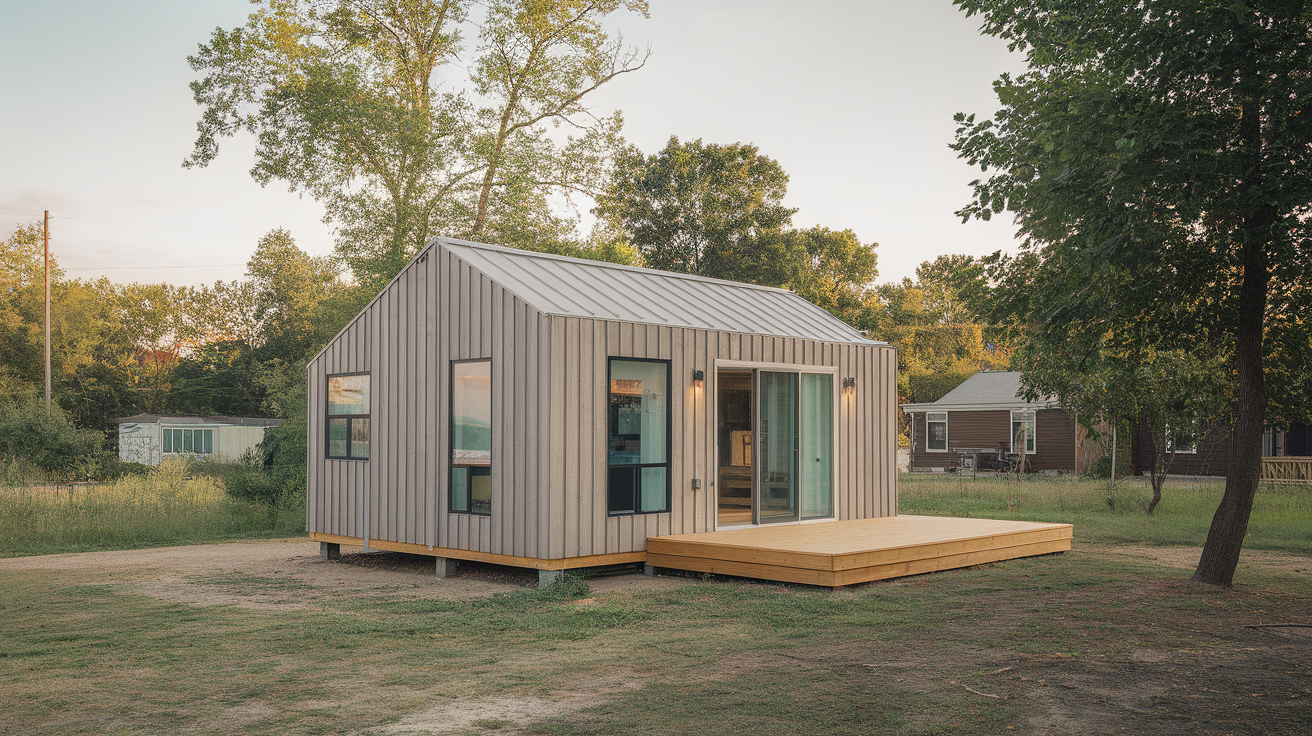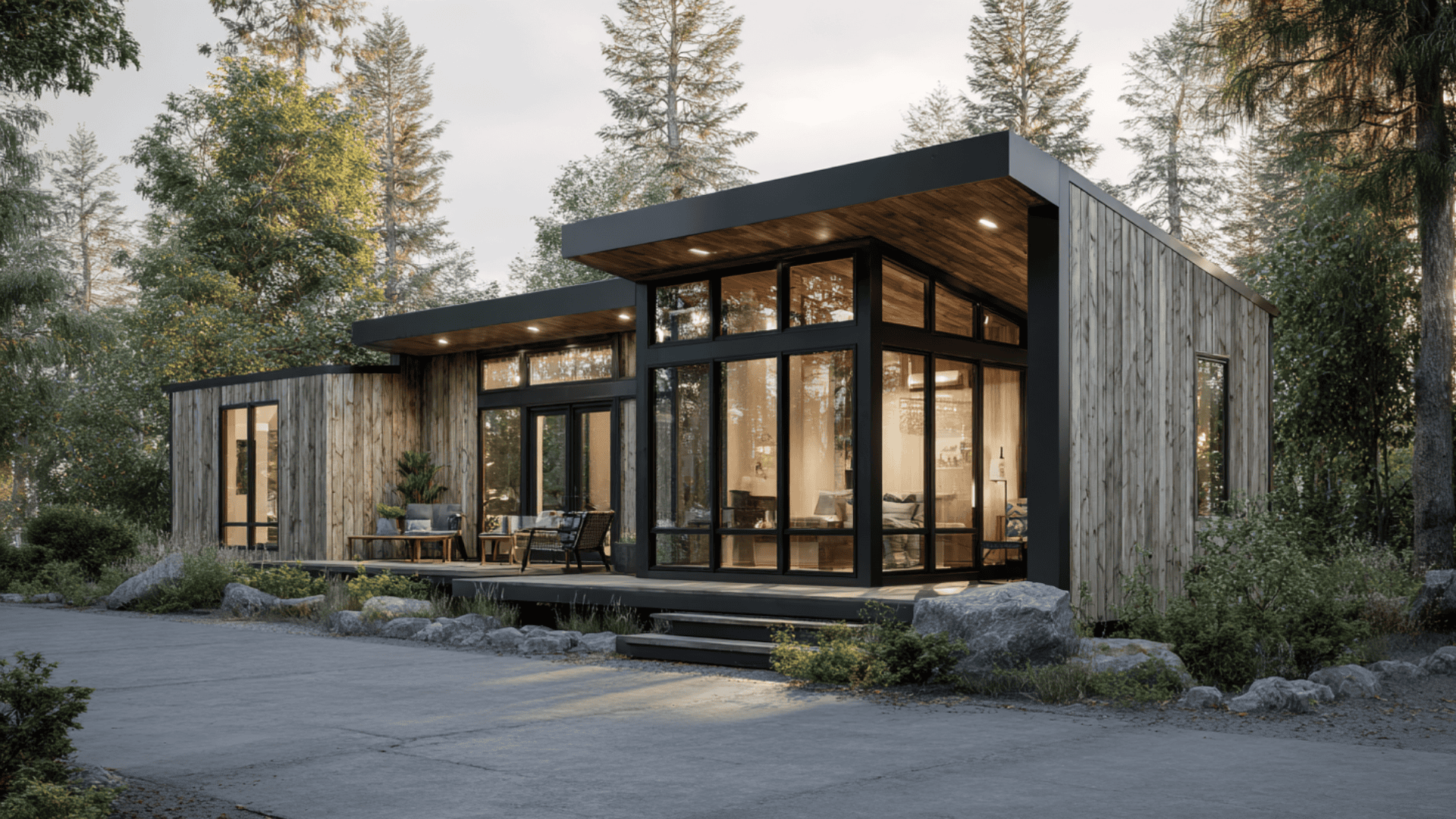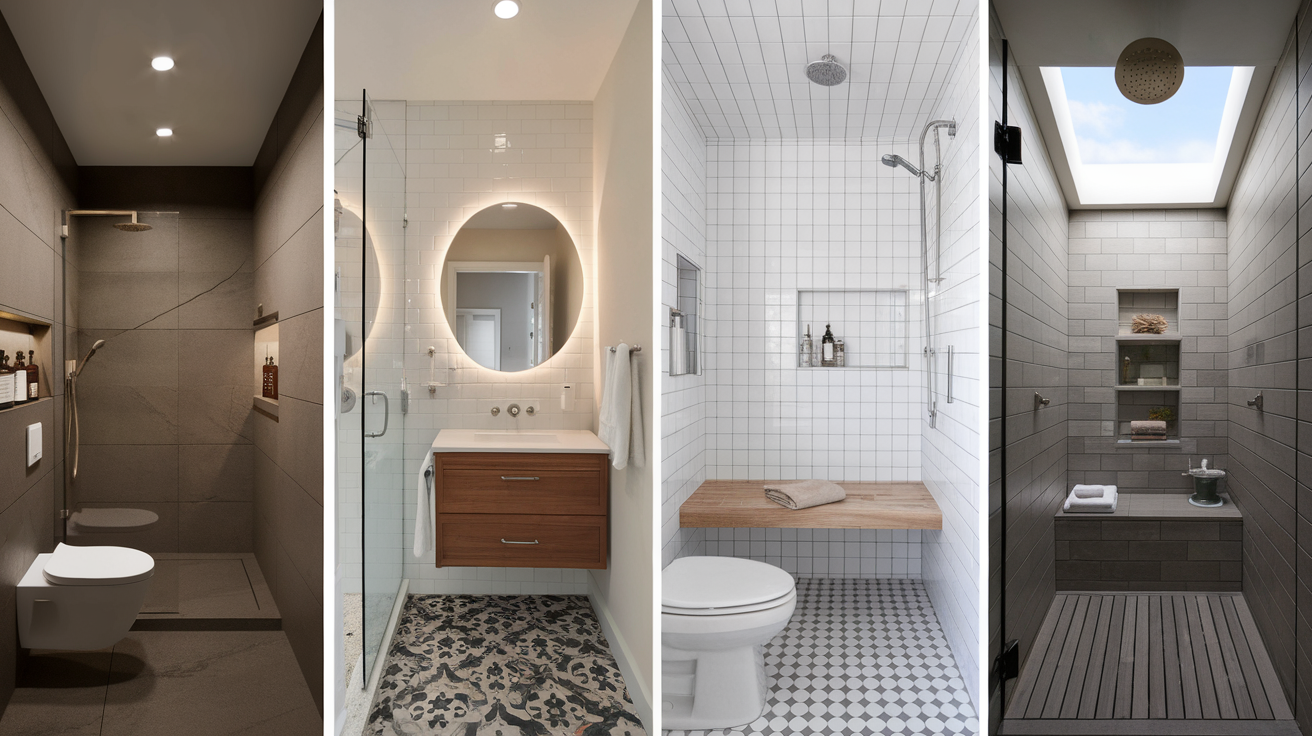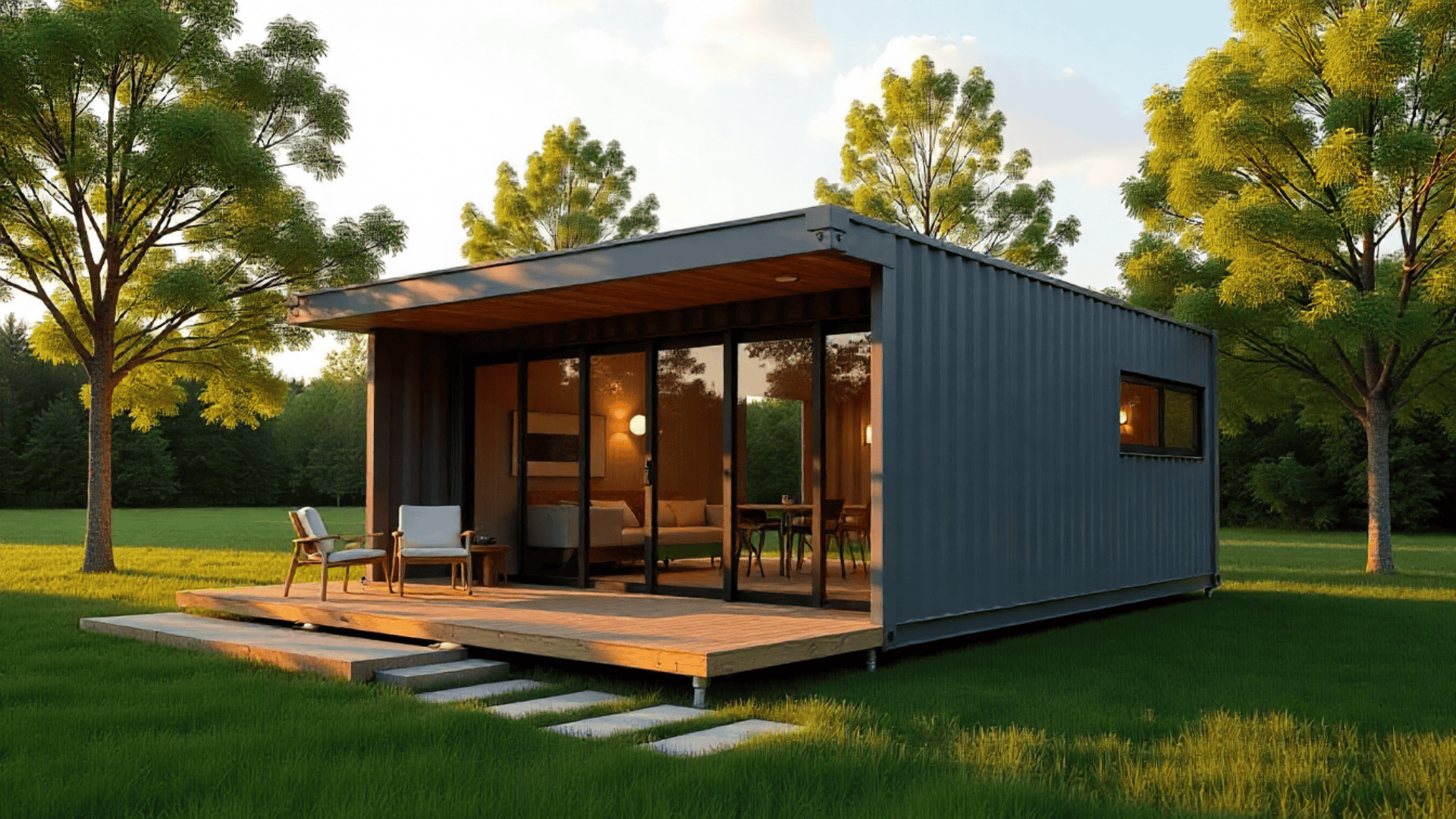A strong foundation is the starting point of every safe and durable building. It’s what keeps everything above it steady and secure.
When I think about construction, I see the foundation as the backbone that supports the weight, protects the structure from shifting, and adds long-term stability.
Choosing the right foundation isn’t just about materials; it’s about understanding the other things you’re working with.
This blog will walk you through the basics of foundations, their types, costs, and care. By the end, you’ll know exactly how to build a foundation that lasts for decades
What is a Foundation and Why Does It Matter?
A foundation is the base of any building. It connects the structure to the ground and keeps everything steady.
Think of it like your home’s shoes; it carries the weight, protects it from the ground, and helps it stay strong no matter what happens around it.
Here’s why it’s so important:
- Supports the Entire Structure: It holds the full weight of the building walls, roof, furniture, and people and spreads it evenly across the ground.
- Keeps the Building Stable: It anchors the structure firmly to the ground and prevents it from moving during storms, floods, or small earthquakes.
- Protects Against Moisture: It acts as a barrier between the soil and the building, stopping water and humidity from seeping in and causing damage.
- Maintains the Building’s Shape: It keeps floors level, walls crack-free, and doors or windows working properly by distributing weight evenly.
- Extends the Life of the Building: It prevents major damage, reduces repair costs, and keeps the building strong for decades.
Without a proper foundation, even a well-built house can crack, tilt, or sink. A good foundation keeps everything above it safe, steady, and standing strong for years to come.
Types of Foundations
Foundations are divided into two main categories: shallow and deep, based on how far they go into the ground and how much weight they carry.
Shallow Foundations
Shallow foundations are built close to the ground surface. They are best for light or medium-weight buildings where the topsoil is firm and stable. They are simpler, faster, and more affordable to build compared to deep foundations.
1. Slab-on-Grade Foundation
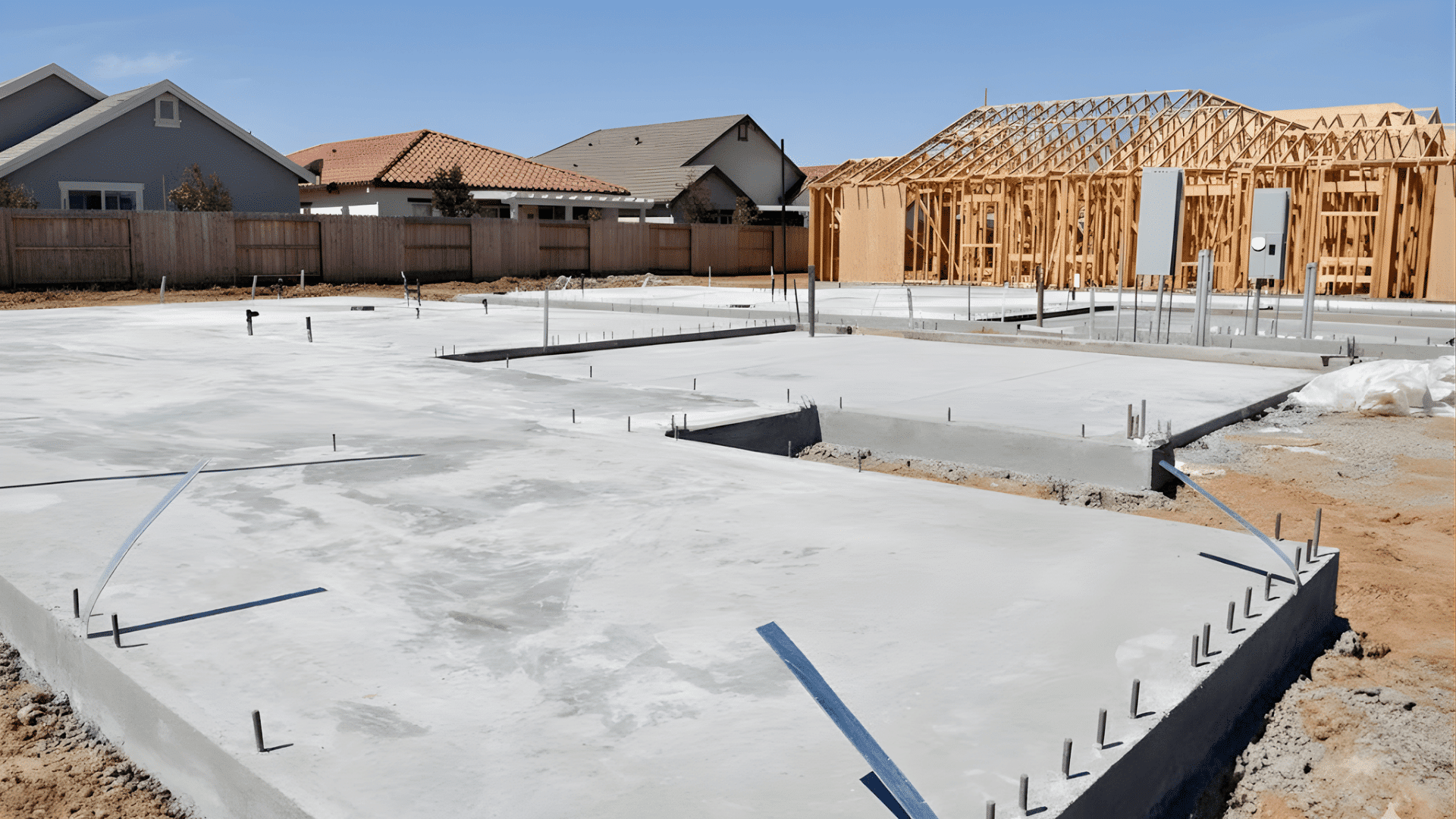
A flat concrete slab poured directly on the ground. It’s common for homes in warm or dry climates where the soil doesn’t freeze.
This type is quick to build and easy to maintain, but offers poor insulation in cold regions and makes it hard to access plumbing or wiring underneath.
2. Crawl Space Foundation
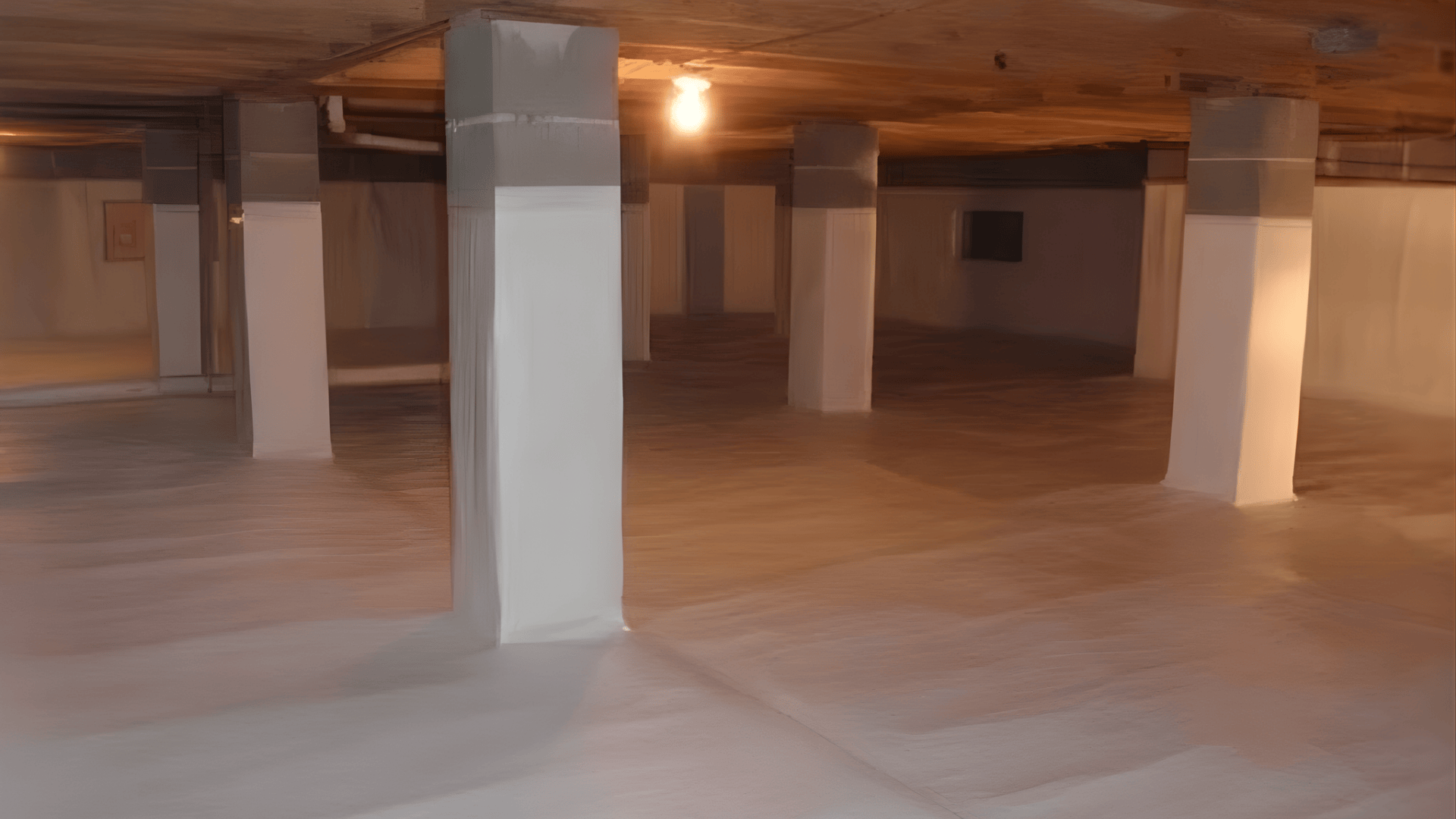
This foundation lifts the house a few feet above the ground, creating a small open space below. It helps with air flow and makes repairs easier since pipes and wires can be reached easily.
However, it needs good ventilation and insulation to prevent moisture and mold problems.
3. Basement Foundation
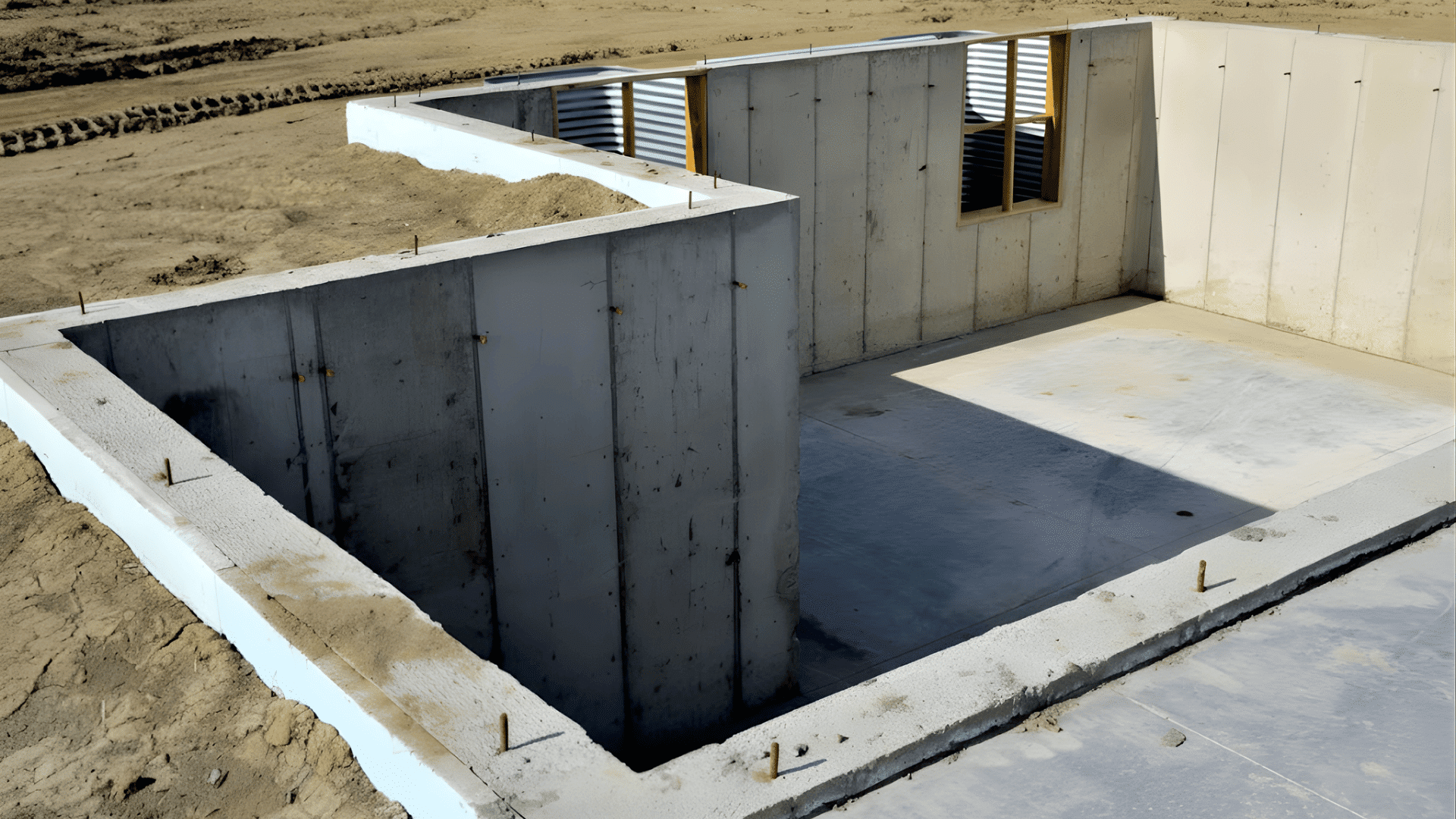
A basement foundation extends below ground level and creates a usable space for living or storage.
It’s strong and protects against cold weather, but it’s costly to build and can leak if not waterproofed properly. With the right design and maintenance, it can add lasting value and comfort to your home.
4. Strip or Spread Footing
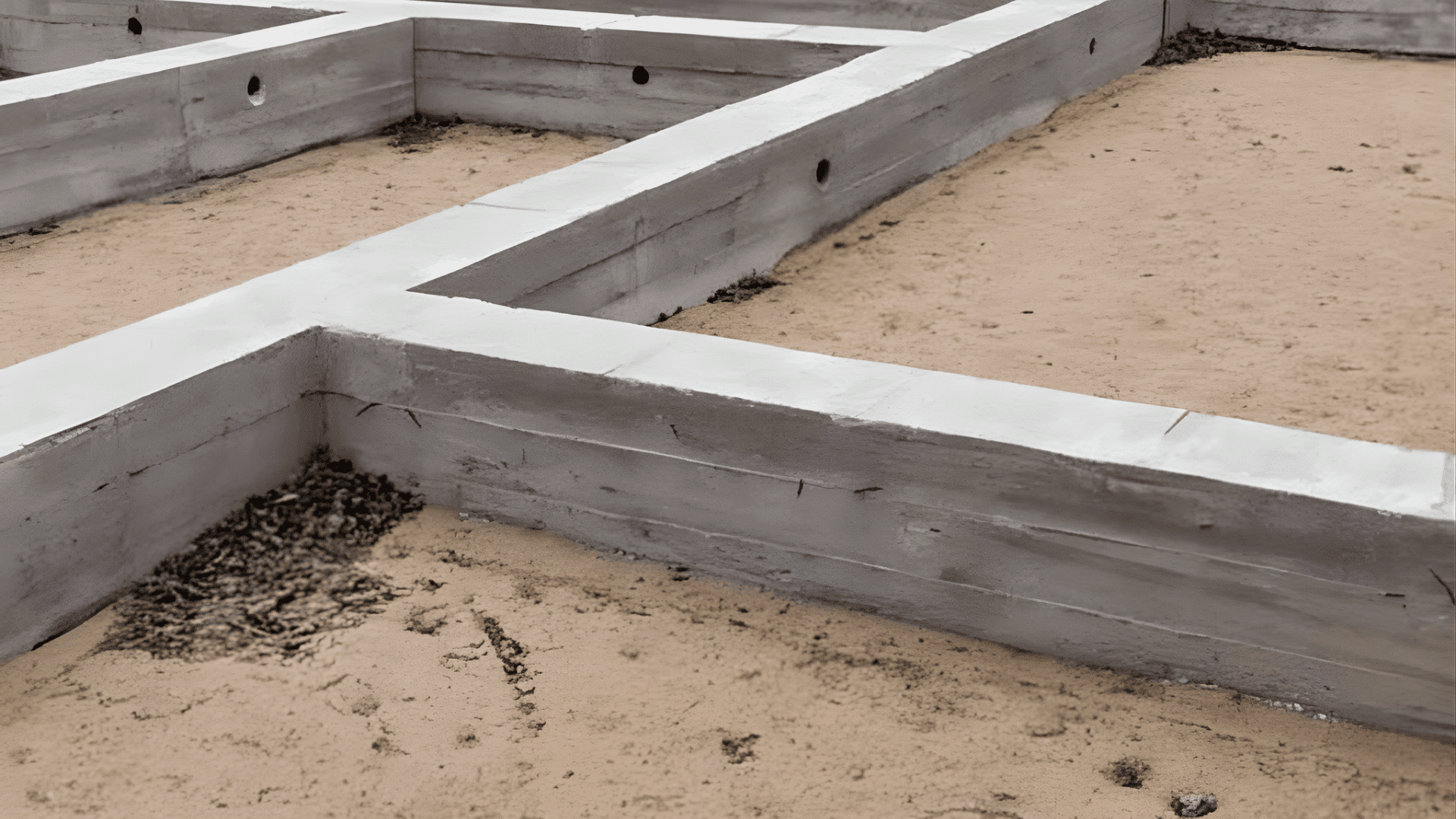
A long strip of concrete is placed under load-bearing walls to spread the weight evenly across the soil. It’s simple, reliable, and affordable, making it ideal for medium-sized buildings on firm soil.
However, it doesn’t work well in weak or uneven ground.
5. Raft or Mat Foundation
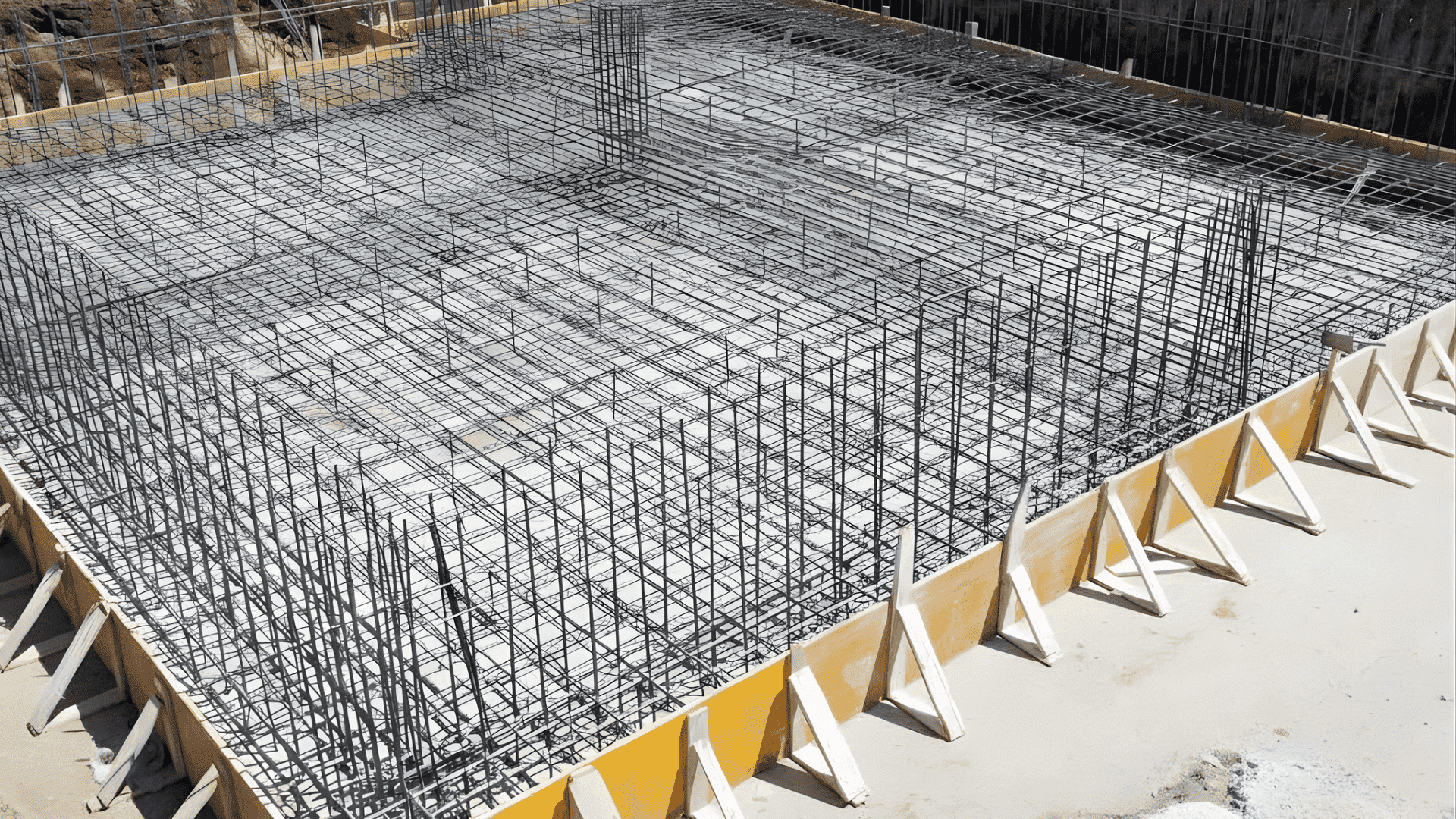
A large, thick concrete slab that covers the entire building area. It “floats” on the soil and spreads the building’s weight evenly.
It’s perfect for soft or loose soil, but it uses more concrete and steel, which increases the cost for small buildings.
6. Combined Footing

A shared concrete base that supports two or more columns close together. It balances uneven loads and saves material, but it must be designed carefully to ensure stability.
It’s commonly used when columns are spaced closely or near property lines, where individual footings can’t be placed.
Deep Foundations
Deep foundations are used when the topsoil is weak or the structure is very heavy. They carry the load to stronger soil or rock layers deeper underground. These foundations are often used for tall buildings, bridges, and large industrial structures.
7. Pile Foundation
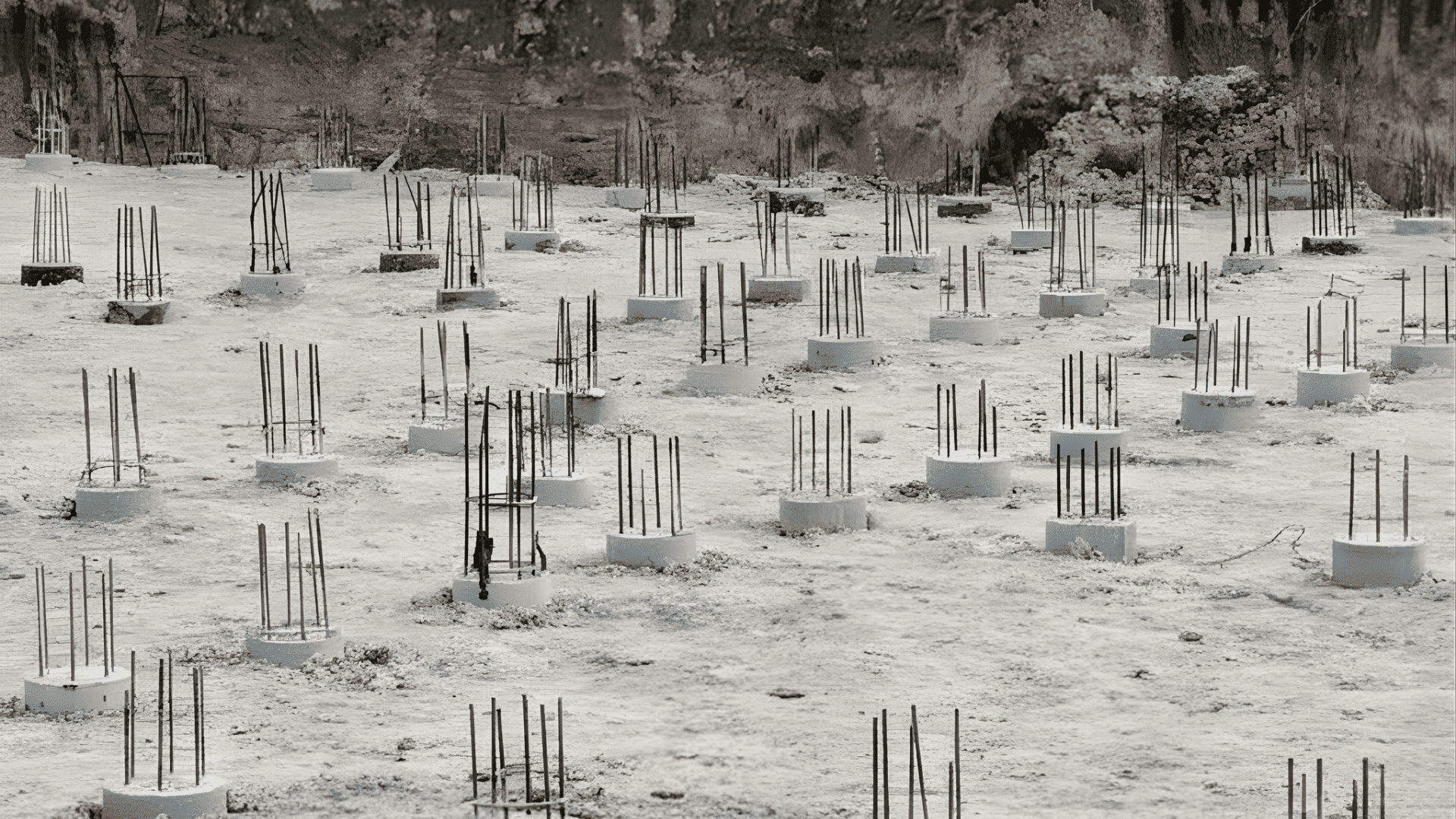
Long, slender columns called piles are driven deep into the ground until they reach solid soil or rock.
They are strong and ideal for weak or waterlogged soil. Although reliable, pile foundations can be expensive and noisy to install.
8. Caisson Foundation

A deep, round hole filled with concrete to form a solid vertical support. This type is used for bridges, towers, and high-rise buildings. It can handle very heavy loads, but takes time and specialized equipment to construct.
It’s ideal for sites with weak surface soil where the foundation needs to reach deeper, more stable ground layers.
9. Pier Foundation

This foundation uses separate concrete or brick piers placed at key load points under the building. It’s suitable for uneven or sloped sites and easy to build. However, it’s not strong enough for very heavy structures.
It’s best for lightweight structures like cabins, sheds, or decks where a full foundation isn’t needed.
10. Drilled Shaft Foundation

This foundation is made by drilling deep holes and filling them with reinforced concrete. It’s similar to a caisson and provides high load capacity. It’s strong and quiet to install, but it needs specialized machinery.
It’s often used in urban areas where vibration from traditional pile driving must be minimized.
11. Under-Reamed Pile Foundation
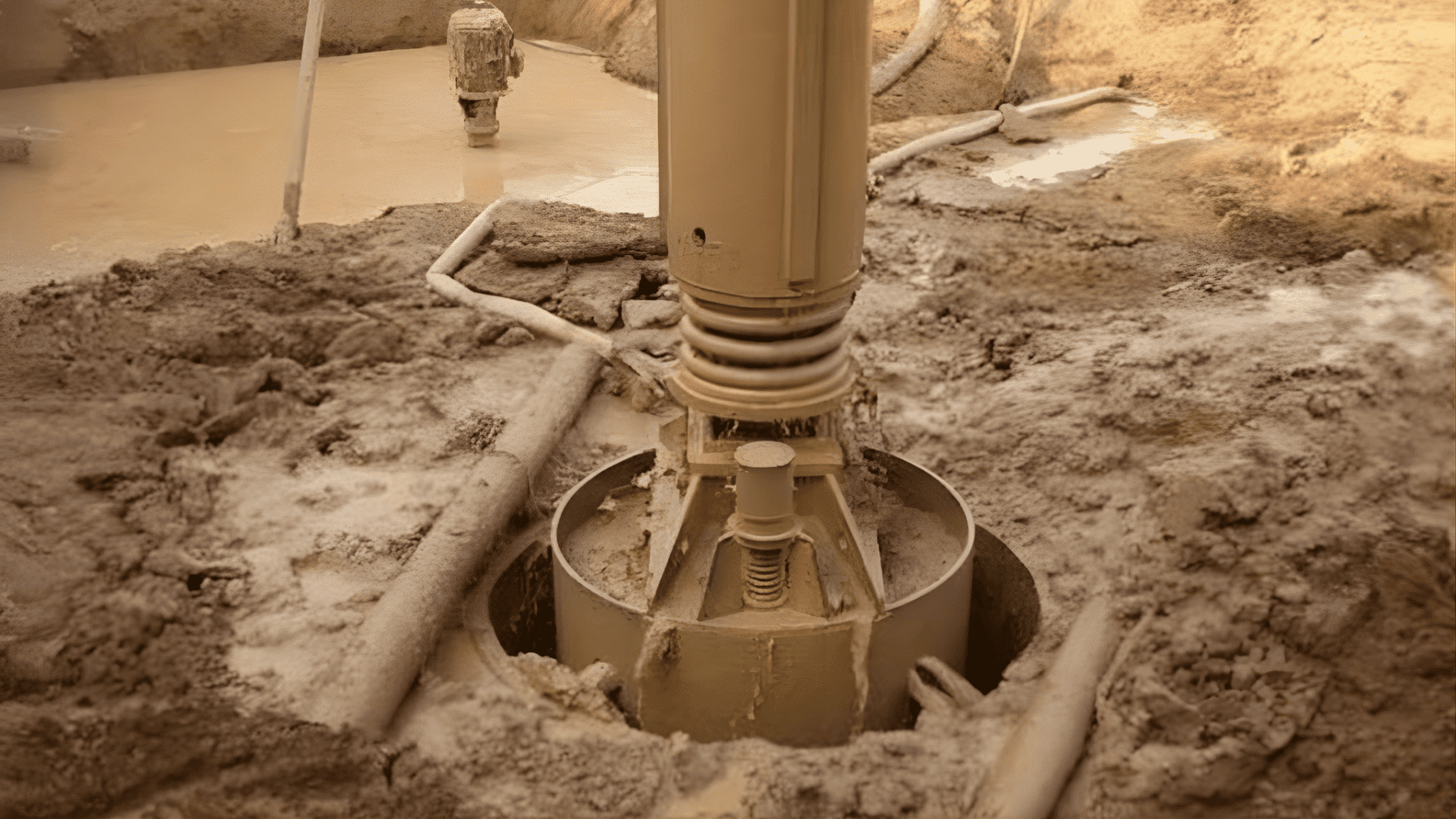
An under-reamed pile foundation is a special type of pile with bulb-shaped enlargements (called under-reams) along its length. It’s designed for expansive clay soils that swell and shrink with moisture changes.
These bulbs lock into the soil, giving extra grip and reducing the risk of movement. It’s cost-effective and reliable for homes and small structures in problem soils.
Understanding How a Foundation Works

To understand how a foundation works, it helps to look at how it transfers load to the ground.
A foundation works by transferring a building’s weight safely into the ground. The top section of the structure carries the total load, including walls, floors, furniture, and people.
This weight then moves downward to the foundation, which spreads it evenly across its base. Arrows in the diagram show how this load passes from the building to the foundation and then into the soil.
The soil beneath plays a crucial role in supporting the entire structure. When the soil is firm and compact, it holds the load evenly and prevents the building from sinking or tilting.
In simple terms, the weight moves from the building → foundation → ground, keeping the structure stable and balanced for years.
Estimated Foundation Cost
Knowing how much it costs and how to take care of it helps you save money and keep your home strong for years.
| Project Size / Type | Estimated Cost Range (USD) | Description |
|---|---|---|
| Small residential building | $5,000 – $12,000 | Basic foundation for small homes or single-story buildings. |
| Medium-sized home | $12,000 – $25,000 | Includes more excavation, reinforcement, or a partial basement. |
| Large residential/light commercial | $25,000 – $50,000 | For multi-story homes or small commercial buildings. |
| Heavy or deep foundation (piles, caissons) | $50,000 – $100,000+ | Used for tall or heavy structures on weak soil. |
Factors That Affect Foundation Cost:
- Soil Condition: Weak or unstable soil needs deeper or reinforced foundations, which cost more.
- Building Size and Load: Larger and heavier buildings require more materials and labor.
- Material Type: Concrete and steel cost more but offer better durability.
- Design Complexity: Custom shapes, basements, or waterproofing increase costs.
- Location and Labor Rates: Prices vary depending on your area and local construction rates.
By understanding these factors early, you can make smart choices that balance cost, strength, and long-term durability.
Modern and Eco-Friendly Foundation Options
These options help reduce waste, lower energy use, and protect the environment while keeping buildings durable.
- Insulated Concrete Forms (ICF): Foam blocks filled with reinforced concrete create insulated, energy-efficient, and moisture-resistant walls that keep homes comfortable year-round.
- Sustainable Materials: Recycled aggregates, fly ash, and geopolymer concrete reduce carbon emissions and waste while maintaining strength and durability.
- Modular & Prefabricated Foundations: Built off-site and assembled on-site, these systems cut waste, save time, and deliver consistent quality – perfect for modular or eco-friendly projects.
Eco-friendly foundation designs are shaping the future of construction. They combine strength, speed, and sustainability to create homes that are better for both people and the planet.
Conclusion
A foundation does much more than hold a building up; it gives it strength, balance, and safety for years to come.
Every choice you make, from design to soil preparation, plays a role in how stable your structure will be.
With new techniques and smarter materials, building a foundation that’s strong and sustainable has never been easier. A foundation diagram helps you see how each layer works together to keep your home solid from the ground up.
If I’ve learned one thing, it’s that a good foundation is worth every bit of planning and care.
So, before you start building, take the time to consult a professional and invest in a foundation built to stand the test of time.

